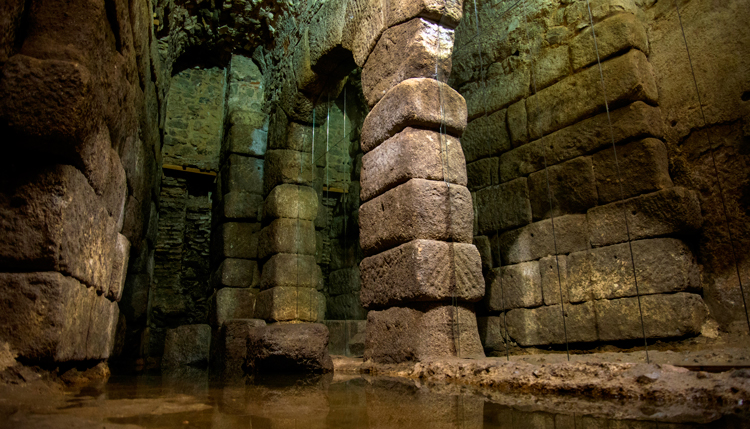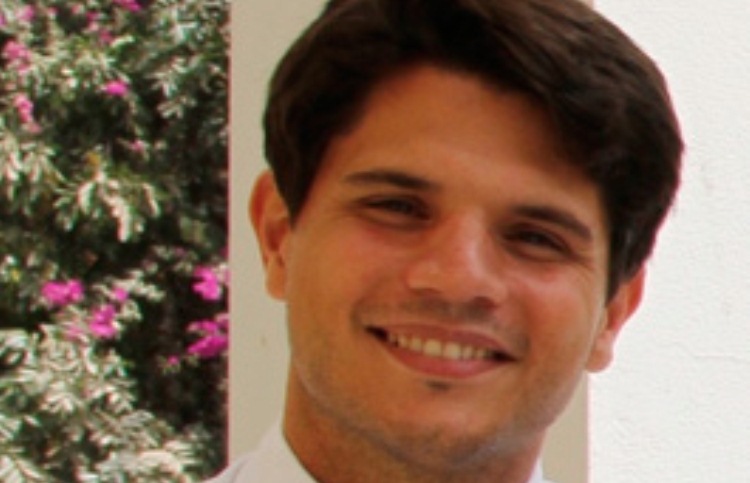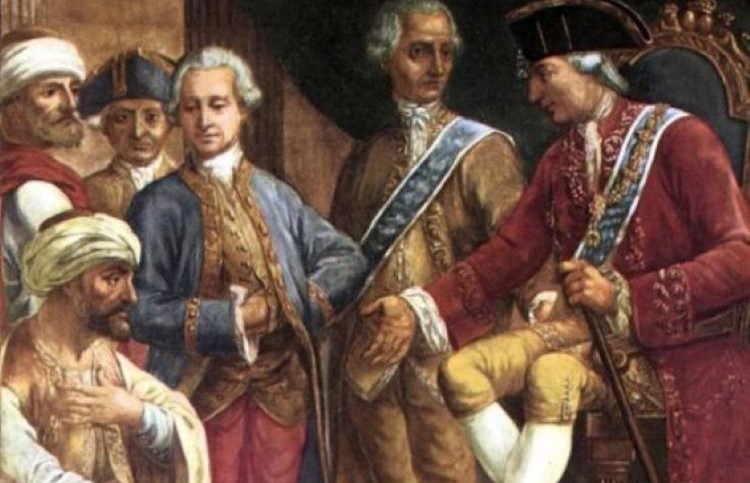Magic, secrets, and riches… The story of King Solomon’s Table combines these ingredients to excite our imagination. More so when several experts have traced it to our country. But what truth does this tale entail?
Researchers and archeologists alike have been dreaming about Solomon’s Table for centuries, and there is no question as to why. The wise king supposedly engraved God’s real name and the Formula of Creation, granting its possessor absolute knowledge. It is the Shem Shemaforash, which was pronounced once a year at the Temple. Some experts claim its whereabouts are neither in some remote desert nor distant mountains. On the contrary, some hypotheses place it in Toledo or Jaen: an Indiana Jones-worthy Spanish mystery.
An object transformed into a symbol
Why are we attracted to these legends? Toledo historian Antonio Casado has found a simple answer: “the more developed a society is, the more attracted to the stories of ancient times it becomes. If they are linked to myths and legends, the more interesting they become. That is why I insist on the importance of good divulgation, to bring real history closer to society”. Also, “we must differentiate the mythical archetype from the real object: a gold-covered piece of acacia furniture decked in gemstones that Hebrew priests used to offer bread to God,” he adds.
Casado, the author of the book “The Table of Solomon, from Orient to Toledo,” believes that “the physical object did exist, but the reality of a magical object cannot be supported. “An anthropologist friend of mine told me that the question isn’t whether the evil eye exists, but what it means that thousands of people believe it does. The same principle applies here. Solomon’s Table was a liturgical object that, for many, transcended and became a symbol of supernatural powers, regardless of its real existence or not.”

Comings and goings
What seems sure is that, after the sack of Jerusalem by Titus’s legions in the year 70, the object went to Rome. It remained there until 410 when the barbarians of Alaric I took it. The Table became part of the Visigoths’ treasure, the spoils of their conquest.

After they established themselves in Gaul, these trophies were kept in Carcassone and taken to Narbonne when they fled the Franks. In 531, they were transferred to Barcelona, the new capital, until 546, when the court moved to Toledo. And later, after the Islamic invasion of the peninsula, the trophy was thought lost.
The trace was rediscovered through Muslim chroniclers who say Musa and Tariq found the Table. Ibn Abd al-Hakam explains that “according to Uthman and other historians, Tariq entered Toledo asking for the Table, which was all he cared about, since it was Solomon’s Table, as described in The Book. Yahya ibn Bukayr [another historian] writes: al-Andalus was invaded by Musa ibn Nusayr. He took Solomon’s Table and the crown.” By contrast, the 11th-century text, Ajbar Maŷmúa, says, “Tariq came to Almeida (the table), named after the fact that it’s the place where the Table of Solomon, son of David, was found.”
And, if it stayed in Toledo?
One of the Visigoth treasure’s supposed locations was the Cave of Hercules, which was initially a Roman water reservoir in the historic center and a cave outside the wall with its own legend.
According to this story, the Greek demigod Hercules had a palace built, inside it, a forbidden cave. The Visigoth kings locked it up with padlocks. Legend says the last king, Don Rodrigo, broke them and found oriental warriors and a warning: the king who enters will see his land conquered by these soldiers. And in another room of these grottoes: the Table of Solomon.

Beyond the myth of the Cave, Casado recalls that “Professor Ruiz de la Puerta suggested it may be the Cave of Higares, 11 km from Toledo. Unfortunately, there is no basis for affirming the Visigoth kept their Sacred Treasure there because it has never been archeologically excavated or explored.”
Researcher José Ignacio Carmona, in turn, proposes the Church of Santa María de Melque as the final destination of the Table. It would be an ideal place because of its intricate network of tunnels. Carmona explains that Toledo was home to the “Benjamin’s Sack,” the Jewish aristocracy that guarded sacred objects. Antonio Casado doesn’t believe there is enough documentary or archeological evidence to back this claim, however. Since it isn’t even clear whether the building was Visigoth, its secrets remain more architectural than mystical.
The Jienense trail
Tradition says the bishop Alonso Suárez searched for the Table in the middle of the Jaen Cathedral! And the man had his reasons since, according to experts like Juan Eslava Galán, its walls hold initiatory contents for those who know where to look. One can discover Solomon’s knot in the cathedral’s stone, the Templar Baphomet, and cabalistic symbols. This story holds that something was found because the bishop entered a building frenzy unbefitting its modest resources.
Another story, this one from the mid-19th century, revolves around Canon Muñoz Garnica, who scrutinized the Temple in search of the sacred artifact in the company of some influential people. As with Alonso Suárez, it seems the clergyman and his henchmen found untold riches… Perhaps embarking on these investigations is worth a try after all!

The historian Antonio Casado plays down the importance of the tales that put the Table of Solomon in Jaen since “there are documents that also put it in Damascus, Baghdad, Al-Rahba and Aleppo.” He clarifies that what was sought in Jaen was the Sacred Name of God in documents of the cathedral believed to have been inspired by the symbol of the so-called Templar tombstone of Jaen. In any case, myth or reality, the ancient relic has one proven power: it keeps the pursuit of dreams alive. That search alone serves its purpose.
Parador de Toledo
From this impressive building, you will be able to contemplate the best view of this World Heritage Site. The ideal accommodation to enjoy the experience of the city of the Three Cultures.
Parador de Jaén
The Parador de Jaén crowns the city from the top of the Cerro de Santa Catalina. The Parador is the origin and destination to discover all the charm of the Andalusian Renaissance.







